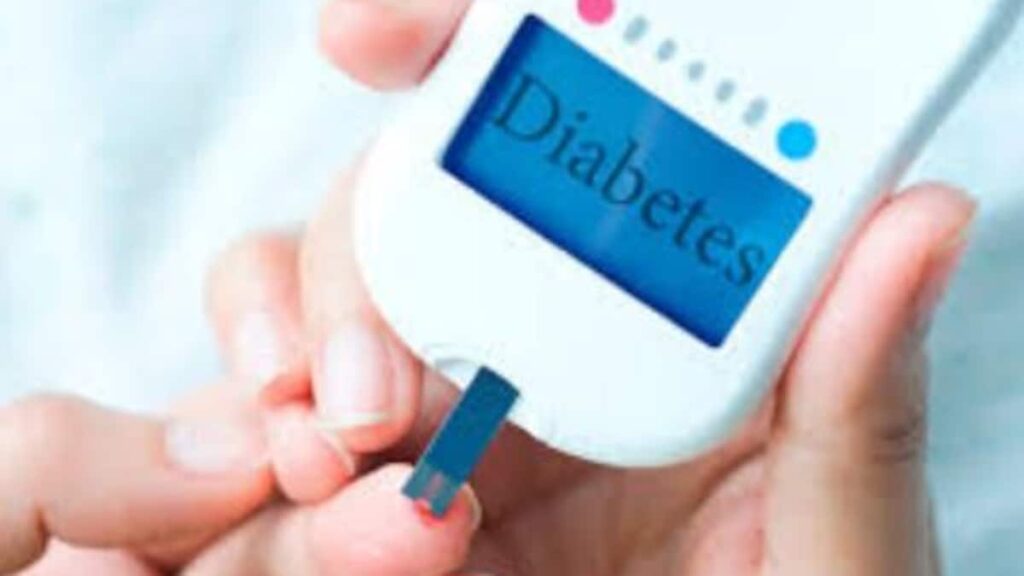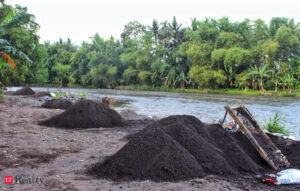World Diabetes Day: One-Fourth Of People Living With Diabetes In India In 2022: Lancet Study

About 82.8 crore people around the world are estimated to be living with diabetes in 2022, with over a quarter in India, according to an analysis published in The Lancet journal ahead of World Diabetes Day observed every year on November 14.
The figure of 82.8 crore is over four times the number in 1990, with the largest increase in low and middle-income countries (LMICs), researchers forming the Non-Communicable Disease Risk Factor Collaboration (NCD-RisC) said.
Between 1990 and 2022, rates of diabetes treatment stagnated at low levels in many of the same LMICs, where cases of the disease drastically increased, resulting in 44.5 crore adults aged 30 and over with the metabolic condition globally (nearly 60 per cent) who did not receive treatment in 2022, the researchers said.
Of the 82.8 crore, India’s share formed over a quarter (21.2 crore). Another 14.8 crore were in China, while 4.2 crore, 3.6 crore and 2.2 crore lived in the US, Pakistan and Brazil, respectively, the researchers found.
NCD-RisC is a global network, coordinated by the World Health Organization, of over 1,500 researchers and practitioners providing information on risk factors for non-communicable disease across countries.
Further, in 2022, almost one-third of the 44.5 crore adults (13.3 crore) with untreated diabetes lived in India.
“Our findings suggest there is an increasing share of people with diabetes, especially with untreated diabetes, living in low- and middle-income countries,” said author Jean Claude Mbanya, University of Yaounde 1, Cameroon.
“Most people with untreated diabetes will not have received a diagnosis, therefore increasing detection of diabetes must be an urgent priority in countries with low levels of treatment,” he said.
Undiagnosed diabetes has been linked with complications such as diabetic retinopathy — when high levels of blood sugar damage the eye’s retina (which is sensitive to light) — which can potentially cause vision loss and blindness.
A 2022 study, published in the International Journal of Diabetes in Developing Countries, found that in India, 12.5 per cent of people with diabetes (30 lakh) had diabetic retinopathy — of which 4 per cent were said to have vision-threatening diabetic retinopathy — and therefore, are at an “immediate risk of vision loss”.
The SMART India Study, by researchers, including those from Chennai’s Sanakara Nethralaya, was conducted in 10 Indian States and one union territory, involving over 6,000 patients with diabetes aged 40 years and above who had gradable retinal images. The authors called for screening patients with diabetes for diabetic retinopathy.
“Given the disabling and potentially fatal consequences of diabetes, preventing diabetes through healthy diet and exercise is essential for better health throughout the world,” said author Ranjit Mohan Anjana, Madras Diabetes Research Foundation, India.
He said the findings highlighted the need for more ambitious policies restricting unhealthy foods and making healthy ones more affordable.
There is also a need to “improve opportunities to exercise through measures such as subsidies for healthy foods and free healthy school meals as well as promoting safe places for walking and exercising including free entrance to public parks and fitness centres,” Mohan Anjana said.
Claude Mbanya said, “Better diagnosis of diabetes requires innovations such as workplace and community screening programmes, extended or flexible healthcare hours to enable people to visit outside of standard working hours, integration with screening and care for diseases like HIV/AIDS and TB which have well-established programmes, and the use of trusted community healthcare providers.”
(Disclaimer: This story has not been edited by NDTV staff and is auto-generated from a syndicated feed. This story has not been edited by NDTV staff and is auto-generated from a syndicated feed.)








